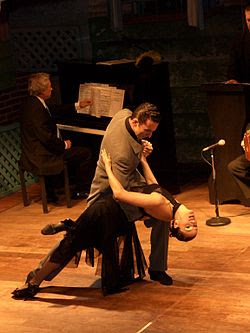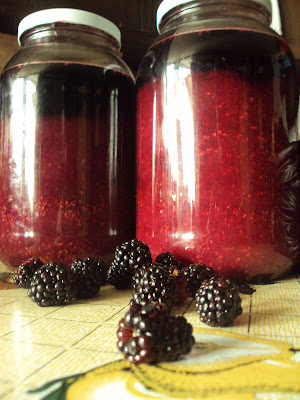 Won·der·lust (won
Won·der·lust (won d
d r-l
r-l st
st ) n. - A very strong or irresistible impulse to travel this world of wonder.
) n. - A very strong or irresistible impulse to travel this world of wonder. In a year of wonderlust, I flew to Santiago then on to the south of Chile and there the night sky of Patagonia was graced with the smallest of the eighty-eight modern constellations; small, yes, but one of great distinction. La Cruz is what you’ll hear in Spanish, the Latin would have it as Crux Australis and in English, better known as the Southern Cross.
Once traveling to Puerto Natales, hiking through Torres del Paine National Park and eating my fill of Centolla King Crab in Puntas Arenas, I went down to the water. At the wharf I sought out a boat to sail the Straits of Magellan and make Ushuaia, Argentina & then Porto Williams, Chile from where you can fly over or round Cape Horn by sail. Both cities are enjoyed as the most southerly in the world. The aspect of the land put me in mind of my native Newfoundland and surely the position of both points to their respective poles would produce resemblances in sky and scenery. But my surprise was not the similarities but the emotion provoked by rough land and cold sea; I suffered an attack of nostalgia that I hadn’t known for decades. At the rail watching ragged shores I hummed a favorite folk song (Saltwater Joys) in a rush of salt heavy air and white tips cresting on black water. I had to pull myself into the miraculous present to get clear of the melancholy. Passage through waters renown for being temperamental was that trip unmarred by tempest and high winds. Yet at night the water had its chop and the Cross hung beautifully in the clear nocturnal sky. With a deep cup of Chilean red, I thought of all the sailors who had plied these inhospitable waters; most notably Magellan, de Gamboa, Thomas, Drake and then Darwin and his boat giving name to the Beagle Channel, intrepid all. Coming in from the dark cold, I stood watch long into the night with my reveries and wine at the fore of the craft. Sleep did not come readily that night.
 After the flight over the Horn from Porto Williams and taking in the panorama of cold, craggy expanse I kept thinking Antarctica is just down there; Looking south I felt no compulsion to leave. I slowly made Ushuaia and lingered there on its wide bay on the southern coast of Isla Grande de Tierra del Fuego. All the while I’d read the work of Nobel Prize winner Gabriel Mistral. In those environs I felt a kinship with her and was thankful for she helped me sense all I was seeing. Adding to that, the Cross was with me every night and I felt no loneliness only the loveliness of being at the ends of the earth.
After the flight over the Horn from Porto Williams and taking in the panorama of cold, craggy expanse I kept thinking Antarctica is just down there; Looking south I felt no compulsion to leave. I slowly made Ushuaia and lingered there on its wide bay on the southern coast of Isla Grande de Tierra del Fuego. All the while I’d read the work of Nobel Prize winner Gabriel Mistral. In those environs I felt a kinship with her and was thankful for she helped me sense all I was seeing. Adding to that, the Cross was with me every night and I felt no loneliness only the loveliness of being at the ends of the earth.  A flight was booked to Buenos Aires (BA) and so there was an imposed limit to my wanderings by rigid itinerary. I’m most inclined to think travel plans should be as soft as a whim, as subtle as caprice but I suppose that would never fly with the airlines of any country, silly me. BA was so far north the afternoons were hot and the evenings cool, perfect for late night carousing. The wine had changed to Malbec in perfect complement to the great commotion and nightly excitement that went on till wee hours. Lamentably light pollution contaminated my view of the Cross but I knew it was there. I could feel it.
A flight was booked to Buenos Aires (BA) and so there was an imposed limit to my wanderings by rigid itinerary. I’m most inclined to think travel plans should be as soft as a whim, as subtle as caprice but I suppose that would never fly with the airlines of any country, silly me. BA was so far north the afternoons were hot and the evenings cool, perfect for late night carousing. The wine had changed to Malbec in perfect complement to the great commotion and nightly excitement that went on till wee hours. Lamentably light pollution contaminated my view of the Cross but I knew it was there. I could feel it. For me the Cross is friend, siren and unattainable lover. And it must be so for many, being I’ve seen people's backs and arms tattooed with the constellation and note it embellishing the flags of nations (Australia, Brazil, New Zealand and Samoa). When a land adopts you and you call it home you never suspect you’ll receive the gift of stars. Perhaps that is why you should come south for a visit. You just may find a new home and new cross to call your own.
Copyright © Mick Huerta 2011. All Rights Reserved.
mickhuerta@gmail.com
All Accordin' - Travel, Culture, Food & Wine!










